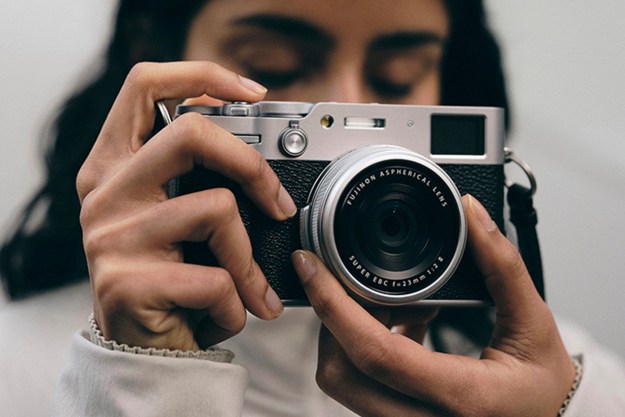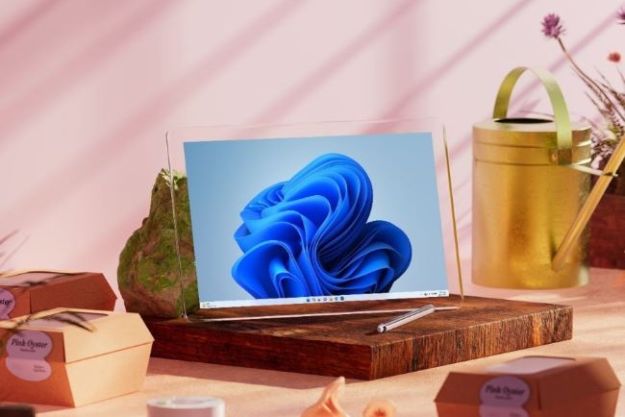Canon decided to end sales of its final film camera in May and Nikon has pretty much abandoned the film-camera market save for two devices, but there are still plenty of photographers out there who are happily shooting on film, having resisted the switch to a digital alternative.
When it comes to developing their films, such photographers have a choice to make once the final frame has run onto the take-up spool — they can either develop it themselves or send it to a film-processing lab.
Photography guru and YouTuber Jay P. Morgan of The Slanted Lens recently took his vlogging camera inside Richard Photo Lab in Valencia, California, to offer a fascinating behind-the-scenes look at film processing on a large scale.
While many processing labs have fallen by the wayside in recent years as more people turn to digital cameras, a few — Richard Photo Lab among them — have upped their game and refined their systems to offer continued support for film fans.
“Dip and dunk” processors
“Something that we’re really proud of is that we use ‘dip and dunk’ processors,” the lab’s Albany Katz explains. “A lot of labs still use pull-through machines that can damage your film. It might be quicker to process your film that way, but it’s not the best way.” The dip-and-dunk system ensures that the film touches only the necessary chemicals, and avoids any physical machinery, during processing.
Richard Lab’s processing expert, a guy called Dave, shows off the company’s machinery while explaining the various steps it takes to develop films. These include dunking them first in developer and then in bleach, before sending them through a wash solution. From there the film goes into a fix tank, then for another wash, and then a final rinse. The various steps take a little over an hour.
Bill points out that the developer chemical is the same one they’ve been using for the last 10 years. “We just keep adding a little bit more — we measure exactly how much film goes in … and then a precise amount of developer, and all the other chemistry, is added to compensate for the amount of chemistry that was used by that rack of film.”
Further steps shown in the video include the drying process. After this, the team is able to inspect the film for the first time to see if there are any issues, such as the dreaded “blank roll.”
While the focus is on film, the digital age does play a role, so you also get to see how the scanning team preps the images for printing via the creation of digital files. The files are then sent via FTP to the photographer, with the physical negatives following a short while later in the mail.
The Slanted Lens has posted a plethora of videos over the years, each related to photography in one way or another. Others covered by Digital Trends include a piece where Morgan details 50 different ways to use gaffer tape in photography, and another on why it’s worth using a color chart in your workflow.
Editors' Recommendations
- NASA video offers behind-the-scenes look at Perseverance mission prep
- Instant film savings: Take $70 off on Fujifilm Instax SP-3 on Black Friday


